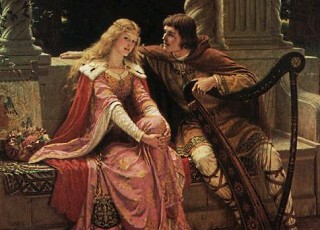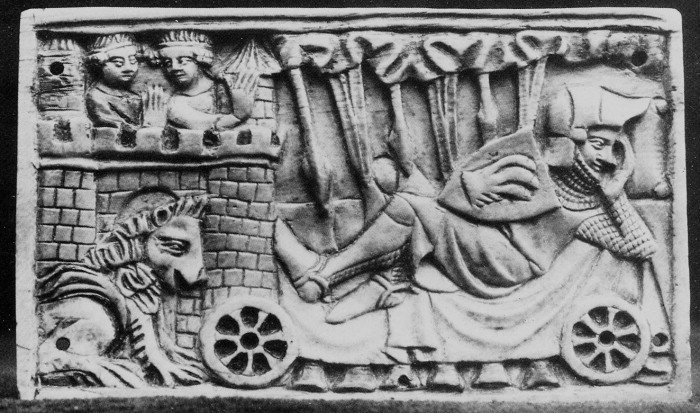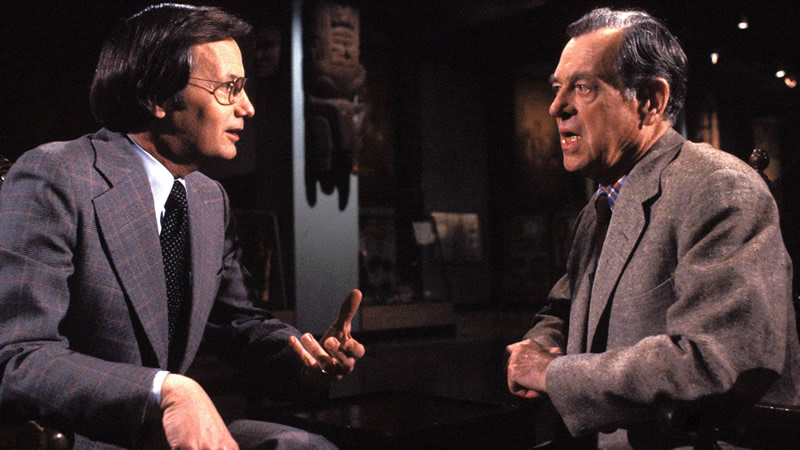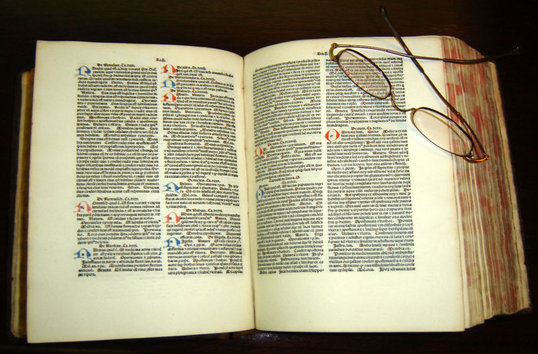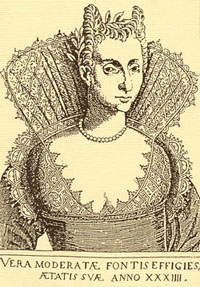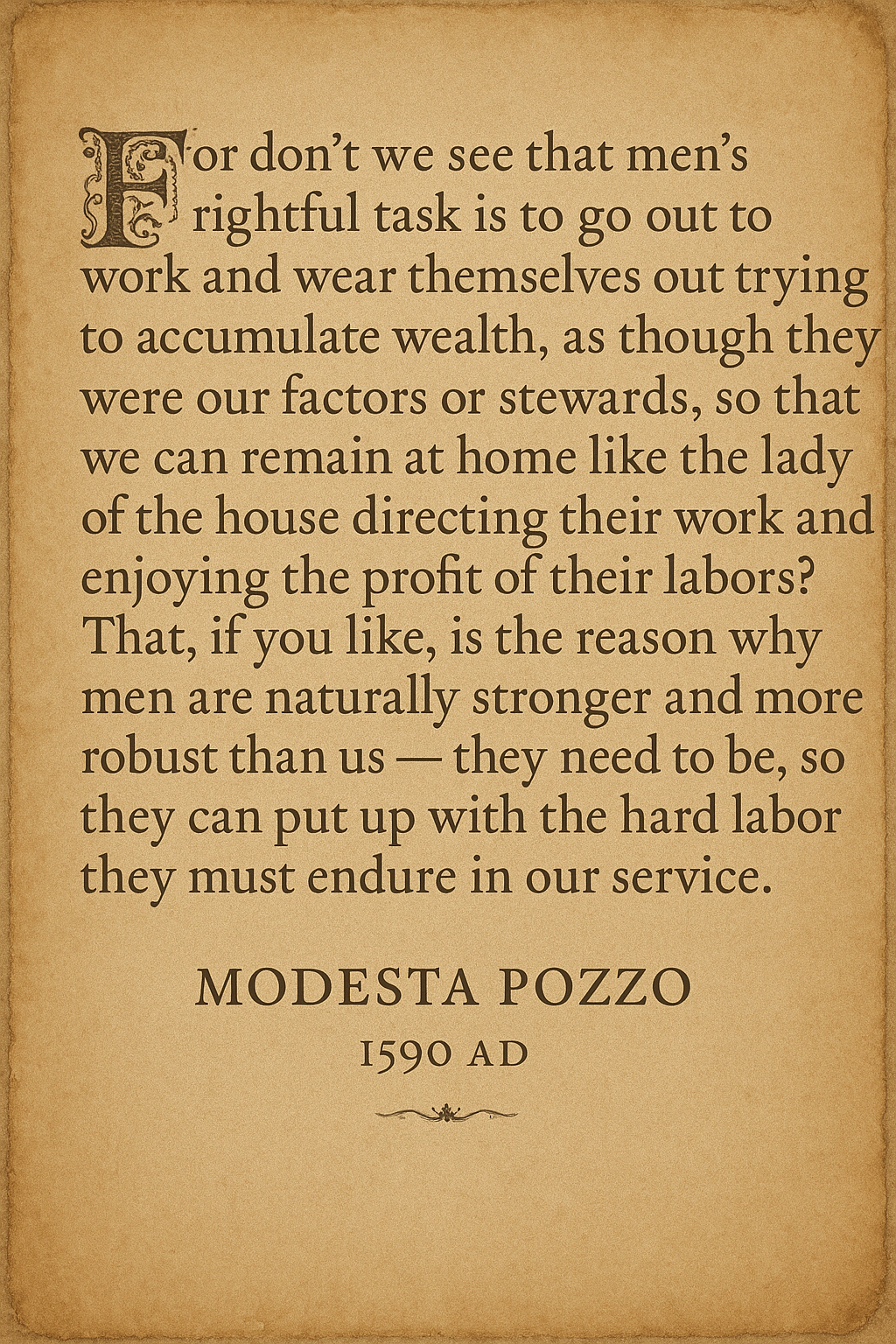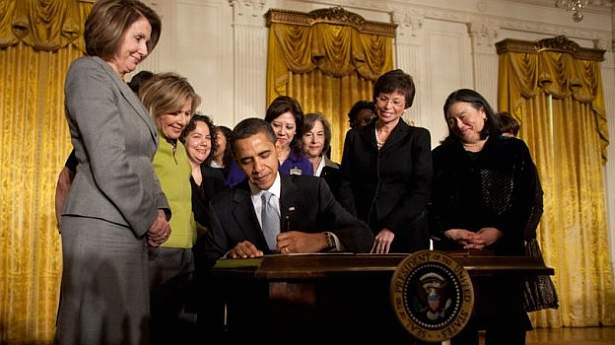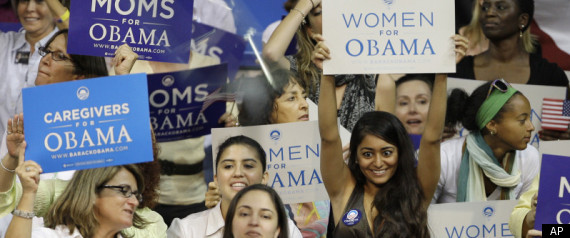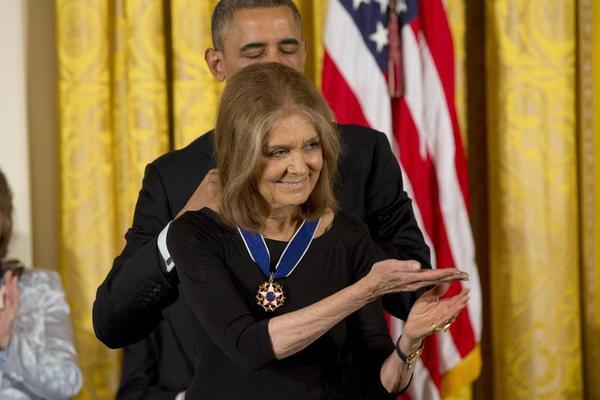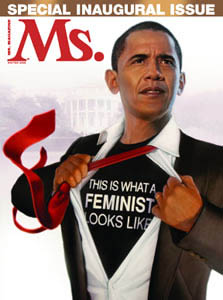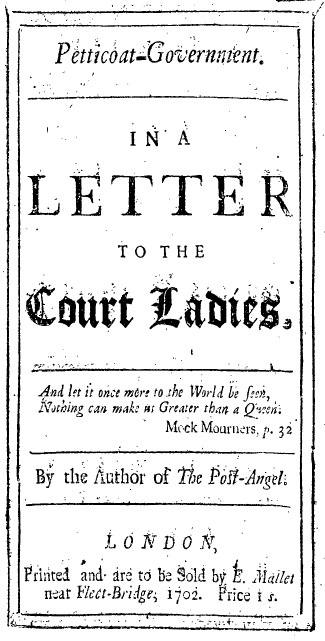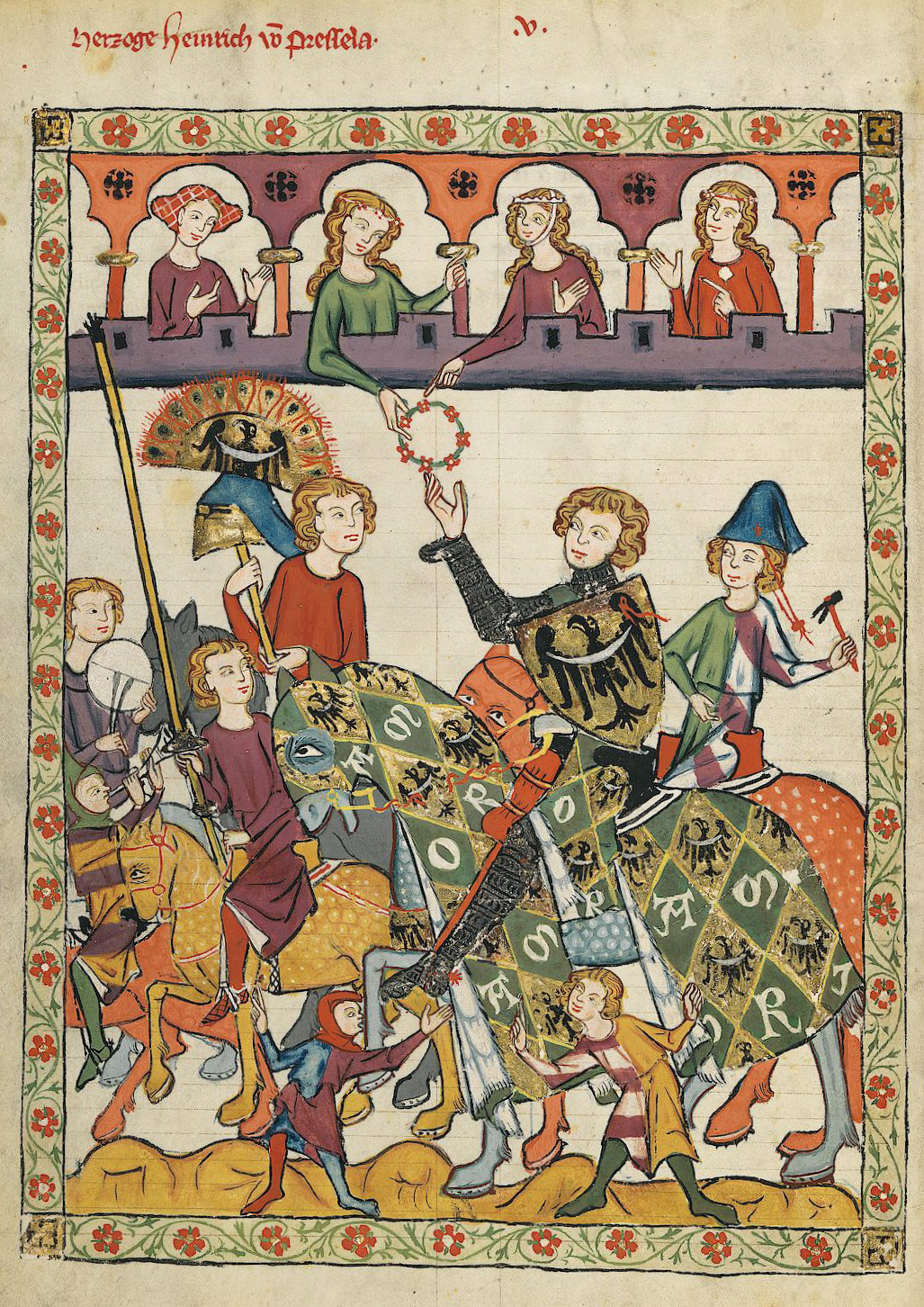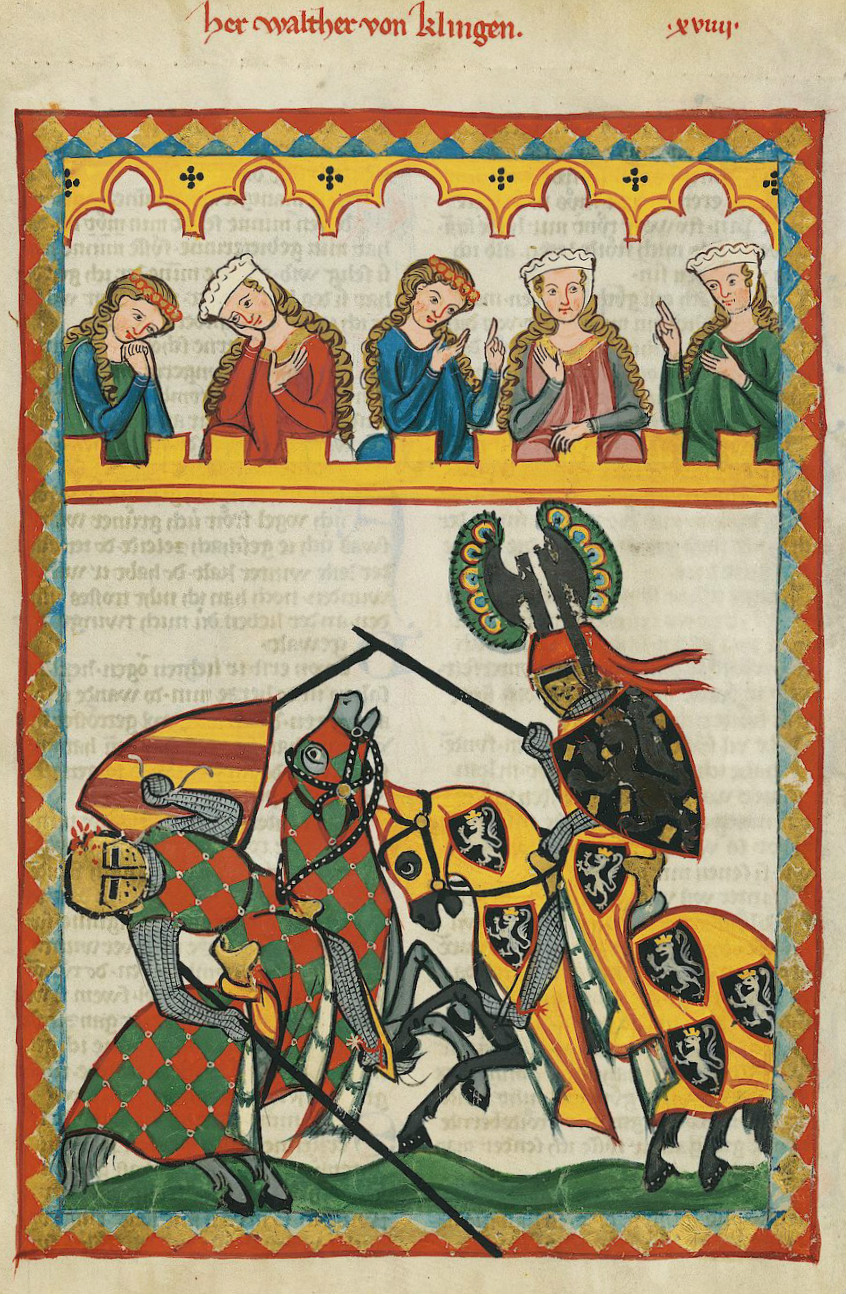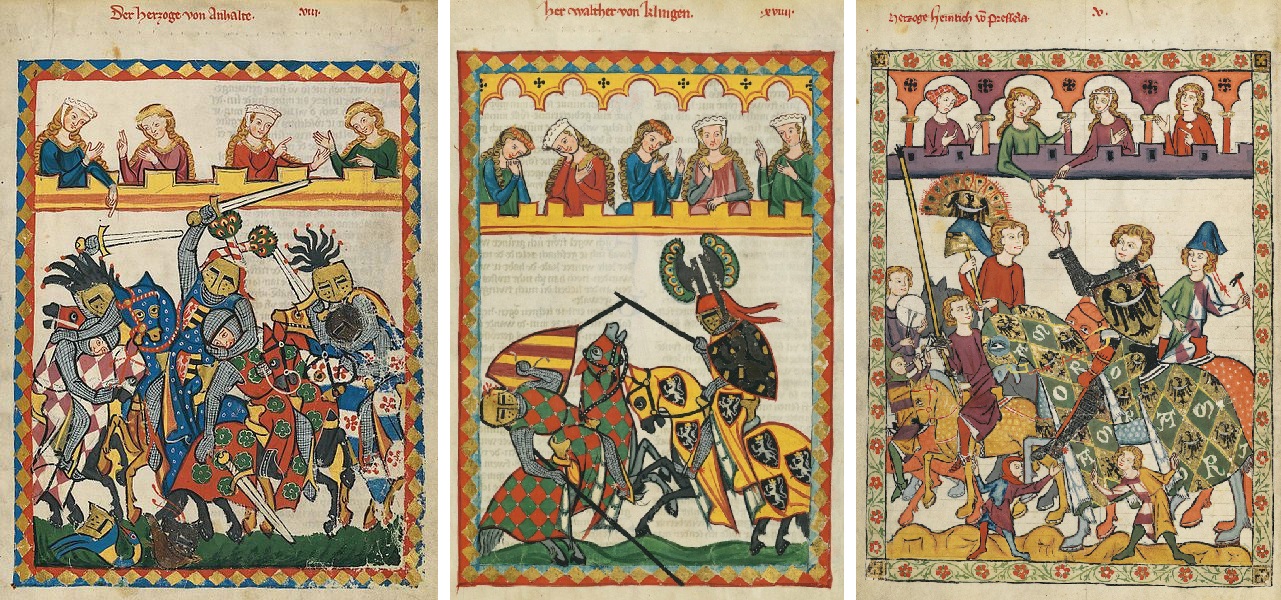The following timeline details the birth of gynocentric culture along with significant historical events that ensured its survival. Prior to 1200 AD broadspread gynocentric culture simply did not exist, despite evidence of isolated gynocentric acts and events. It was only in the Middle Ages that gynocentrism developed cultural complexity and became a ubiquitous and enduring cultural norm.
1102 AD: Gynocentrism trope first introduced
William IX, Duke of Aquitaine, the most powerful feudal lord in France, wrote the first troubadour poems and is widely considered the first troubadour. Parting with the tradition of fighting wars strictly on behalf of man, king, God and country, William is said to have had the image of his mistress painted on his shield, whom he called midons (my Lord) saying that, “It was his will to bear her in battle, as she had borne him in bed.”1
1152 AD: Queen Eleanor of Aquitaine enlists the poet Bernard de Ventadorn to compose songs of love for her and her husband, Henry II. The songs lay down a code of chivalric behaviour for how a good man should treat a “lady,” which Eleanor employs in an apparent attempt to civilize her husband and his male associates. Eleanor and other noblewomen utilize poetry and song for setting expectations of how men should act around them, thus was born the attitude of romantic chivalry promoting the idea that men need to devote themselves to serving the honour, purity and dignity of women.2
1168 – 1198 AD: Gynocentrism trope elaborated, given imperial patronage
The gynocentrism trope is further popularized and given imperial patronage by Eleanor and her daughter Marie.3 At Eleanor’s court in Poitiers Eleanor and Marie completed the work of embroidering the Christian military code of chivalry with a code for romantic lovers,4 thus putting women at the center of courtly life, and placing romantic love on the throne of God himself – and in doing so they had changed the face of chivalry forever. Key events are:
–1170 AD: Eleanor and Marie established the formal Courts of Love presided over by themselves and a jury of 60 noble ladies who would investigate and hand down judgements on love-disputes according to the newly introduced code governing gender relations. The courts were modelled precisely along the lines of the traditional feudal courts where disputes between retainers had been settled by the powerful lord. In this case however the disputes were between lovers.
-1180 AD: Marie directs Chrétien de Troyes to write Lancelot, the Knight of the Cart, a love story about Lancelot and Guinevere elaborating the nature of gynocentric chivalry. Chrétien de Troyes abandoned this project before it was completed because he objected to the implicit approval of the adulterous affair between Lancelot and Guinevere that Marie had directed him to write.6 But the approval of the legend was irresistible – later poets completed the story on Chrétien’s behalf. Chrétien also wrote other famous romances including Erec and Enide.
-1188 AD: Marie directs her chaplain Andreas Capellanus to write The Art of Courtly Love. This guide to the chivalric codes of romantic love is a document that could pass as contemporary in almost every respect, excepting for the outdated class structures and assumptions. Many of the admonitions in Andreas “textbook” clearly come from the women who directed the writing.4
1180 – 1380 AD: Gynocentric culture spreads throughout Europe
In two hundred years gynocentric culture spread from France to become instituted in all the principle courts of Europe, and from there went on to capture the imagination of men, women and children of all social classes. According to Jennifer Wollock,5 the continuing popularity of chivalric love stories is also confirmed by the contents of women’s libraries of the late Middle Ages, literature which had a substantial female readership including mothers reading to their daughters. Aside from the growing access to literature, gynocentric culture values spread via everyday interactions among people in which they created, shared, and/or exchanged the information and ideas.
1386 AD: Gynocentric concept of ‘gentleman’ formed
Coined in the 1200’s, the word “Gentil man” soon became synonymous with chivalry. According to the Oxford Dictionary gentleman came to refer by 1386 to “a man with chivalrous instincts and fine feelings”. Gentleman therefore implies chivalric behaviour and serves as a synonym for it; a meaning that has been retained to the present day.
1400 AD: Beginning of the the Querelle des Femmes
The Querelle des Femmes or “quarrel about women” technically had its beginning in 1230 AD with the publication of Romance of the Rose. However it was Italian-French author Christine de Pizan who in 1400 AD turned the prevailing discussion about women into a debate that continues to reverberate in feminist ideology today. The basic theme of the centuries-long quarrel revolved, and continues to revolve, around advocacy for the rights, power and status of women.
21st century: Gynocentrism continues
The now 1000 year long culture of gynocentrism continues with the help of traditionalists eager to preserve gynocentric customs, manners, taboos, expectations, and institutions with which they have become so familiar; and also by feminists who continue to find new and often novel ways to increase women’s power with the aid of chivalry. The modern feminist movement has rejected some chivalric customs such as opening car doors or giving up a seat on a bus for women; however they continue to rely on ‘the spirit of chivalry’ to attain new privileges for women: opening car doors has become opening doors into university or employment via affirmative action; and giving up seats on busses has become giving up seats in boardrooms and political parties via quotas. Despite the varied goals, contemporary gynocentrism remains a project for maintaining and increasing women’s power with the assistance of chivalry.
Sources:
[1] Maurice Keen, Chivalry, Yale University Press, 1984. [Note: 1102 AD is the date ascribed to the writing of William’s first poems].
[2] The History of Ideas: Manners
[3] The dates 1168 – 1198 cover the period beginning with Eleanor and Marie’s time at Poitiers to the time of Marie’s death in 1198.
[4] C. J. McKnight, Chivalry: The Path of Love, Harper Collins, 1994.
[5] Jennifer G. Wollock, Rethinking Chivalry and Courtly Love, Praeger, 2011.
[6] Uitti, Karl D. (1995). Chrétien de Troyes Revisited. New York, New York: Twayne Publishers.

